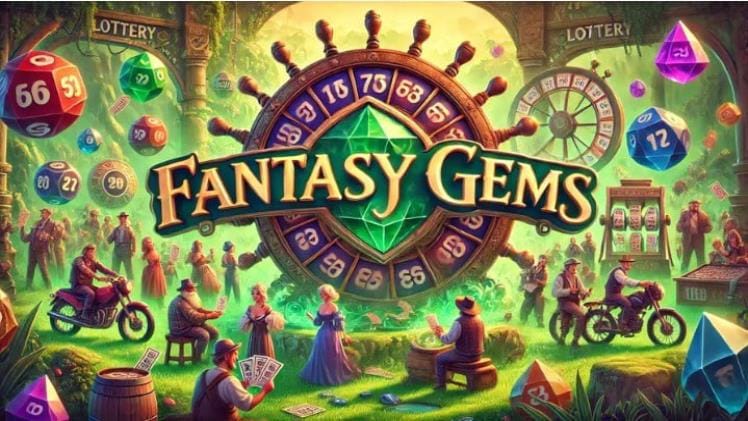Every market talks about “luck,” but the word doesn’t mean the same thing everywhere. In some places it’s tied to numbers and symbols; in others it’s a matter of timing, ritual, or even community. Those beliefs don’t stay in folklore – they show up in lobbies, at tables, and in the kinds of games people choose to play.
Designers pay attention to this. A color, a number, a small ritual before a spin – these cues shape comfort, pace, and the way players size their bets. When a product aligns with local ideas of fortune, sessions feel smooth and inviting even when the mechanics are new.
Table of Contents
Luck as a Cultural Story
Ideas about luck are built over centuries. East Asian traditions treat certain numbers and characters as fortune-carrying; numerology can steer choices toward specific dates, stakes, or game modes. European stories lean on charms, saints’ days, and small routines. Across Latin America, luck often reads as a group energy – family, friends, and shared moments around a screen or table.
Those stories guide modern choices. Where “auspicious numbers” matter, you’ll see players cluster around dates or stakes that match them. Where ritual matters, slower reveals and ceremony-heavy live tables thrive. In faster environments – especially crash-style titles – some audiences like the feeling that they can “read the moment.” Curious about that rhythm? Try a neutral primer via crash x predictor; it’s a clean way to see why quick, rising multipliers attract different traditions to the same screen.
When Beliefs Meet Game Formats
Formats amplify or mute cultural expectations. Card games reward routine and table etiquette, so communities that value ceremony gravitate toward blackjack or baccarat with steady pacing. Roulette bridges both worlds: numbers for the symbolic, speed for the impatient. Crash and turbo games appeal where people want a fast test of nerve and timing – almost like a modern version of casting lots, but with a real-time meter and an exit button.
Risk perception shifts too. If luck is seen as social energy, players may favor live shows and community bonuses. If it’s seen as “reading signs,” short sessions with visible momentum feel more comfortable. None of this changes math; it changes which math people choose to face.
Modern Twist: Digital Platforms and Global Symbols
Online products borrow from local cues without turning the UI into a stereotype. A lobby theme may rotate colors during a festival week; win screens might feature motifs that resonate in a region; live hosts adjust pacing to match local viewing habits. Even sound design – drums, chimes, crowd swells – leans toward what a market associates with good fortune.
Fast formats add another layer. A rising bar in a crash game maps well to cultures that read luck as timing. A long, theatrical bonus round fits places that treat luck as ceremony. Bringing both options into the same app lets mixed audiences find their pace without friction.
One List: Contrasting Views on Luck
- East Asia: numbers and symbols guide choices; auspicious stakes and dates feel natural, and players favor modes where outcomes can be linked to these cues.
- Western markets: luck often pairs with self-belief and nerve; quick formats and cash-out decisions appeal to the idea that timing and courage matter.
- Latin America: luck is social; live shows, community jackpots, and watch-along streams gain traction because winning together feels stronger than going solo.
Why This Matters for Game Design and Play
For platforms, cultural fluency lifts onboarding and keeps support light. A familiar color system, a host cadence that matches local viewing hours, and festival-aware promos make the product feel “native” without changing core probabilities. For players, spotting your own biases is just as useful. If a lucky number keeps pushing you into awkward stake sizes, lock a unit in your home currency and let the number be a label, not a target. If the ceremony draws you to long reveals, protect your session with time boxes so the theater doesn’t stretch your budget.
Anchors help too. In markets that treat luck as a signal, dashboards that visualize session tempo, stop-loss, and target exits keep choices grounded. In places that favor social luck, features that let friends sync sessions or share small bonus wins maintain the feeling without distorting risk.
Core Insight
Luck is a story each culture brings to the table. The story doesn’t change RTP or hold; it changes which games feel comfortable, how long people stay, and how they size decisions under pressure. Products that respect those stories feel intuitive from the first tap.
Closing Thoughts
Global betting doesn’t need one idea of luck; it needs room for many. Give players a fast lane and a ceremonial lane. Offer palettes and sounds that resonate locally, while keeping math and terms clear everywhere. On the player side, enjoy the rituals and symbols that make sessions fun – but keep your plan fixed: unit size, stop, and a pace that fits your attention. When belief and design meet in the middle, preference turns into confidence, and confidence turns into a session that feels right, start to finish.




